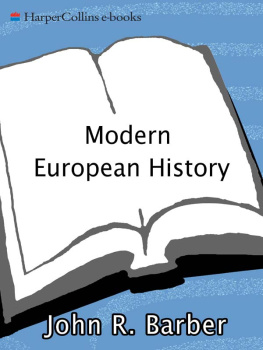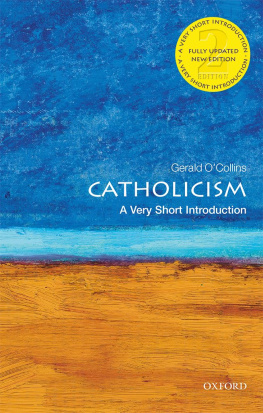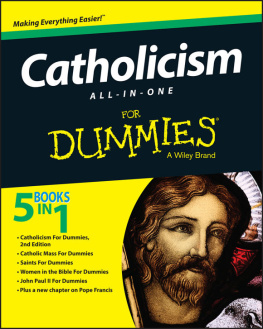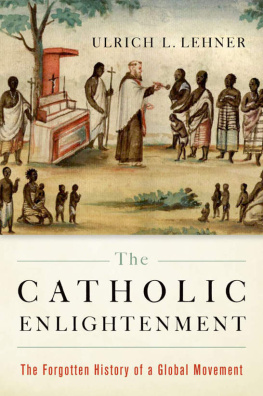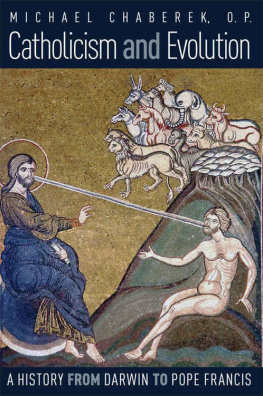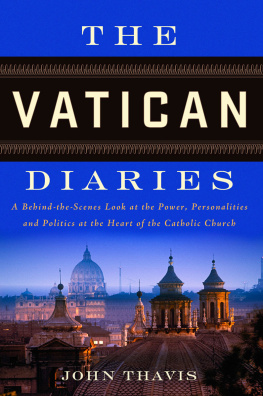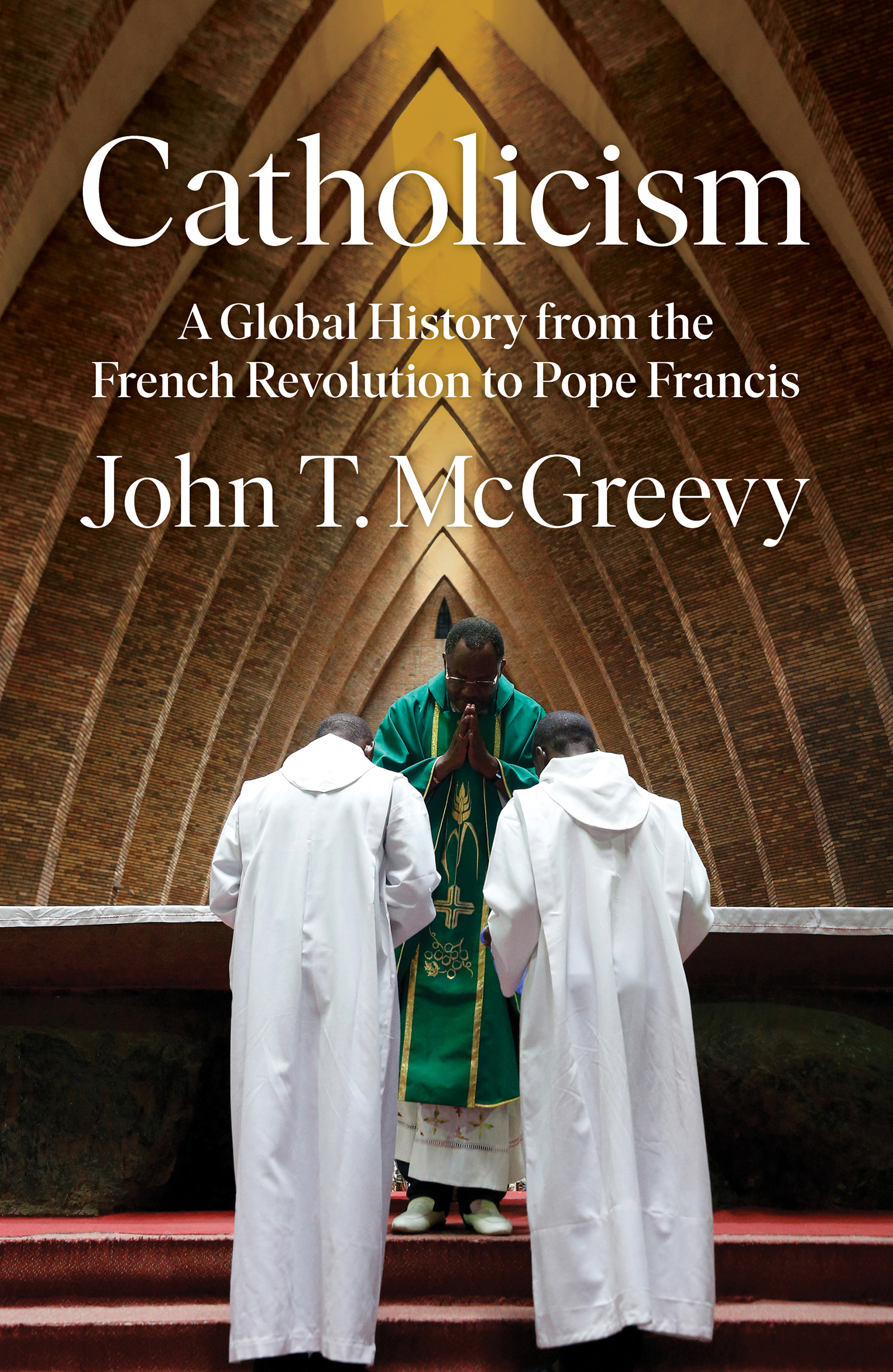John T. McGreevy - Catholicism: A Global History from the French Revolution to Pope Francis
Here you can read online John T. McGreevy - Catholicism: A Global History from the French Revolution to Pope Francis full text of the book (entire story) in english for free. Download pdf and epub, get meaning, cover and reviews about this ebook. City: New York, year: 2022, publisher: W. W. Norton & Company, genre: History. Description of the work, (preface) as well as reviews are available. Best literature library LitArk.com created for fans of good reading and offers a wide selection of genres:
Romance novel
Science fiction
Adventure
Detective
Science
History
Home and family
Prose
Art
Politics
Computer
Non-fiction
Religion
Business
Children
Humor
Choose a favorite category and find really read worthwhile books. Enjoy immersion in the world of imagination, feel the emotions of the characters or learn something new for yourself, make an fascinating discovery.

- Book:Catholicism: A Global History from the French Revolution to Pope Francis
- Author:
- Publisher:W. W. Norton & Company
- Genre:
- Year:2022
- City:New York
- Rating:3 / 5
- Favourites:Add to favourites
- Your mark:
Catholicism: A Global History from the French Revolution to Pope Francis: summary, description and annotation
We offer to read an annotation, description, summary or preface (depends on what the author of the book "Catholicism: A Global History from the French Revolution to Pope Francis" wrote himself). If you haven't found the necessary information about the book — write in the comments, we will try to find it.
A magisterial history of the centuries-long conflict between progress and tradition in the worlds largest international institution.
The story of Roman Catholicism has never followed a singular path. In no time period has this been more true than over the last two centuries. Beginning with the French Revolution, extending to the Second Vatican Council in the 1960s, and concluding with present-day crises, John T. McGreevy chronicles the dramatic upheavals and internal divisions shaping the most multicultural, multilingual, and global institution in the world.
Through powerful individual stories and sweeping birds-eye views, Catholicism provides a mesmerizing assessment of the Churchs complex role in modern history: both shaper and follower of the politics of nation states, both conservator of hierarchies and evangelizer of egalitarianism. McGreevy documents the hopes and ambitions of European missionaries building churches and schools in all corners of the world, African Catholics fighting for political (and religious) independence, Latin American Catholics attracted to a theology of liberation, and Polish and South Korean Catholics demanding democratic governments. He includes a vast cast of riveting characters, known and unknown, including the Mexican revolutionary Fr. Servando Teresa de Mier; Daniel OConnell, hero of Irish emancipation; Sr. Josephine Bakhita, a formerly enslaved Sudanese nun; Chinese statesman Ma Xiaobang; French philosopher and reformer Jacques Maritain; German Jewish philosopher and convert, Edith Stein; John Paul II, Polish pope and opponent of communism; Gustavo Gutirrez, Peruvian founder of liberation theology; and French American patron of modern art, Dominique de Menil.
Throughout this essential volume, McGreevy details currents of reform within the Church as well as movements protective of traditional customs and beliefs. Conflicts with political leaders and a devotional revival in the nineteenth century, the experiences of decolonization after World War II and the Second Vatican Council in the twentieth century, and the trauma of clerical sexual abuse in the twenty-first all demonstrate how religion shapes our modern world. Finally, McGreevy addresses the challenges faced by Pope Francis as he struggles to unite the over one billion members of the worlds largest religious community.
40 black-and-white illustrationsJohn T. McGreevy: author's other books
Who wrote Catholicism: A Global History from the French Revolution to Pope Francis? Find out the surname, the name of the author of the book and a list of all author's works by series.

